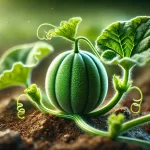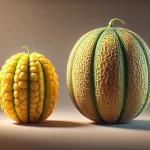Melon, like any other crop, is sensitive to nutritional deficiencies that can compromise its growth, quality, and yield. Identifying and correcting these deficiencies in time is crucial to maintain healthy plants and ensure optimal production. In this article, we will address the most common symptoms of nutritional deficiencies in melons, their causes, and effective strategies to correct them.
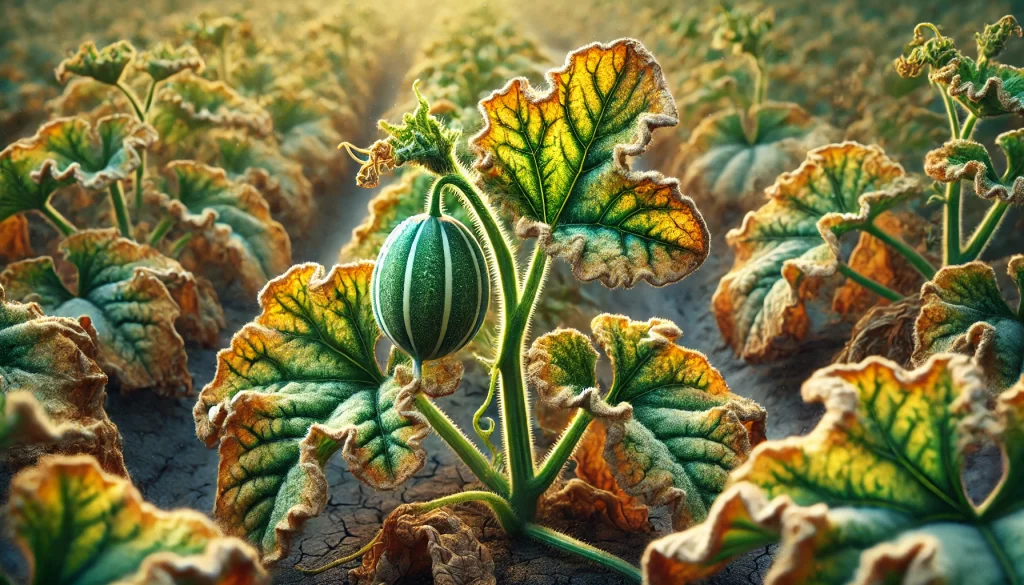
Identification of Nutrient Deficiencies in Melon
Nutritional deficiencies in melon can manifest through various symptoms visible on leaves, stems, and fruits. Recognizing these signs allows the grower to diagnose problems and apply timely corrections.
Nitrogen Deficiency (N)
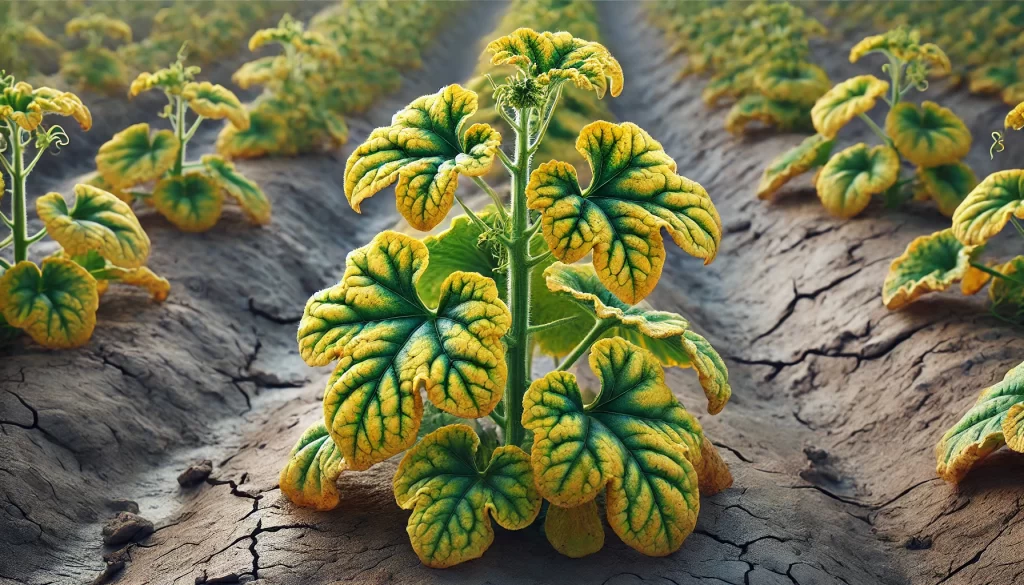
- Symptoms: Pale yellow leaves, especially on older leaves; stunted growth.
- Cause: Insufficient nitrogen in the soil or in the fertilizer application.
- Correction: Apply nitrogen fertilizers (such as ammonium nitrate) or incorporate organic matter rich in nitrogen. Adjust doses according to soil analysis.
Phosphorus Deficiency (P)
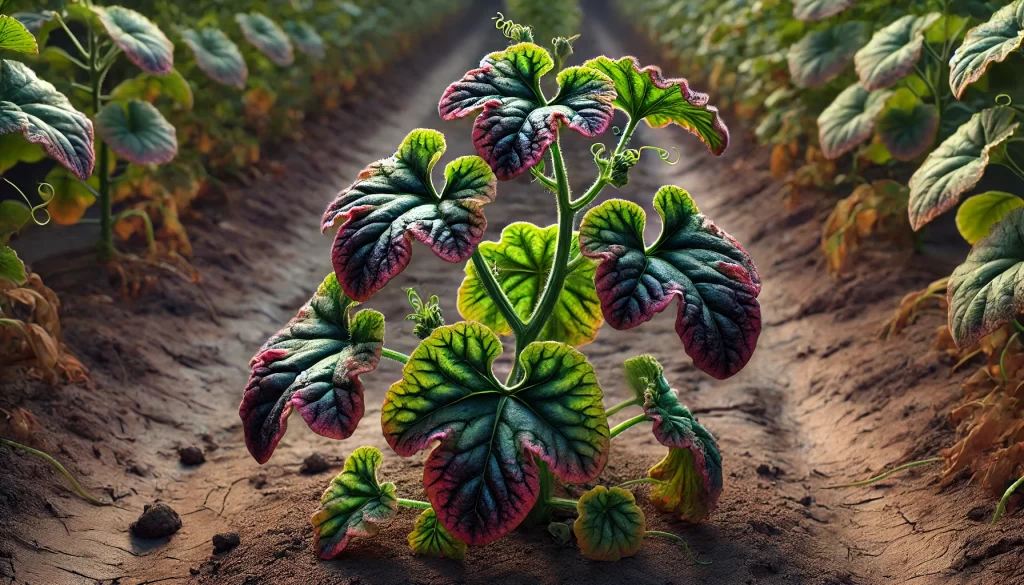
- Symptoms: Bluish-green leaves, slow growth, weak root development.
- Cause: Low phosphorus availability in the soil.
- Correction: Apply phosphates or phosphorus-rich fertilizers at planting and during flowering to improve flower and fruit formation.
Potassium Deficiency (K)
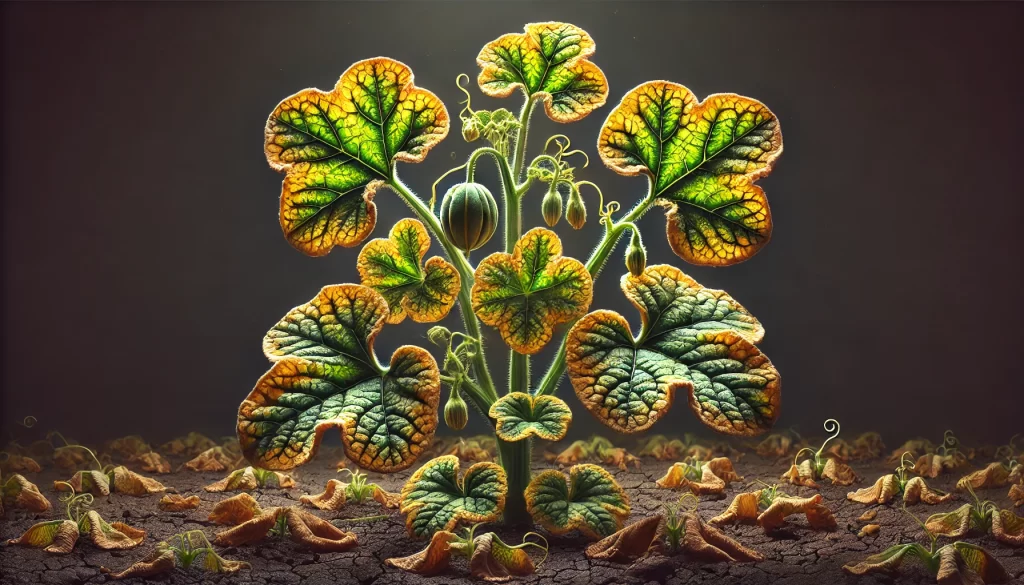
- Symptoms: Burned or necrotic leaf edges, poor-quality fruits with less sweetness and size.
- Cause: Lack of potassium in the substrate.
- Correction: Use potassium fertilizers, such as potassium sulfate, and apply during critical fruiting periods to improve fruit quality.
Calcium Deficiency (Ca)
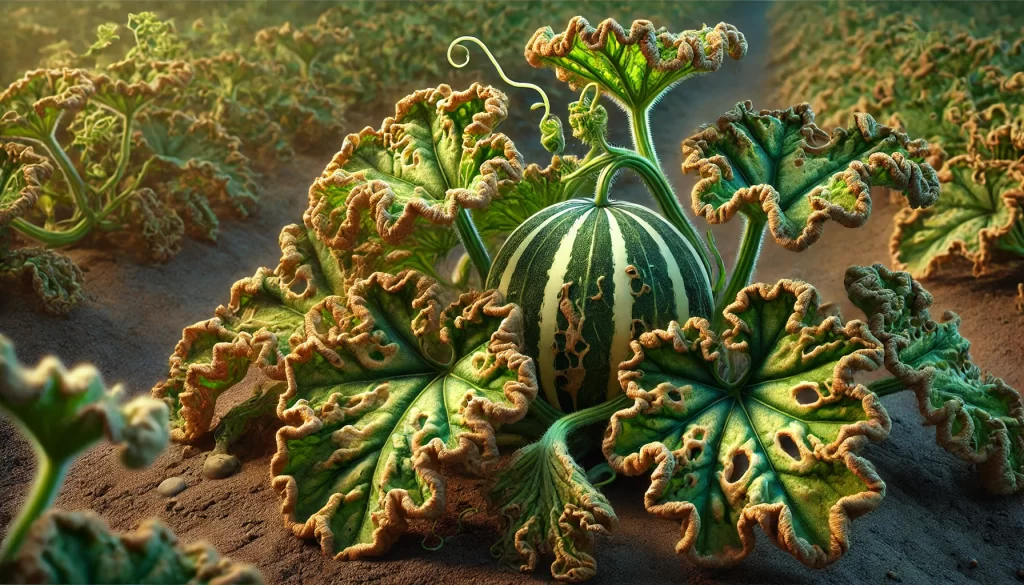
- Symptoms: Apical rot in fruits, leaves with necrotic spots, irregular growth.
- Cause: Low calcium availability or absorption problems due to soil imbalances.
- Correction: Apply agricultural gypsum or dolomitic limestone, improve soil structure and moisture to enhance calcium absorption.
Magnesium Deficiency (Mg)
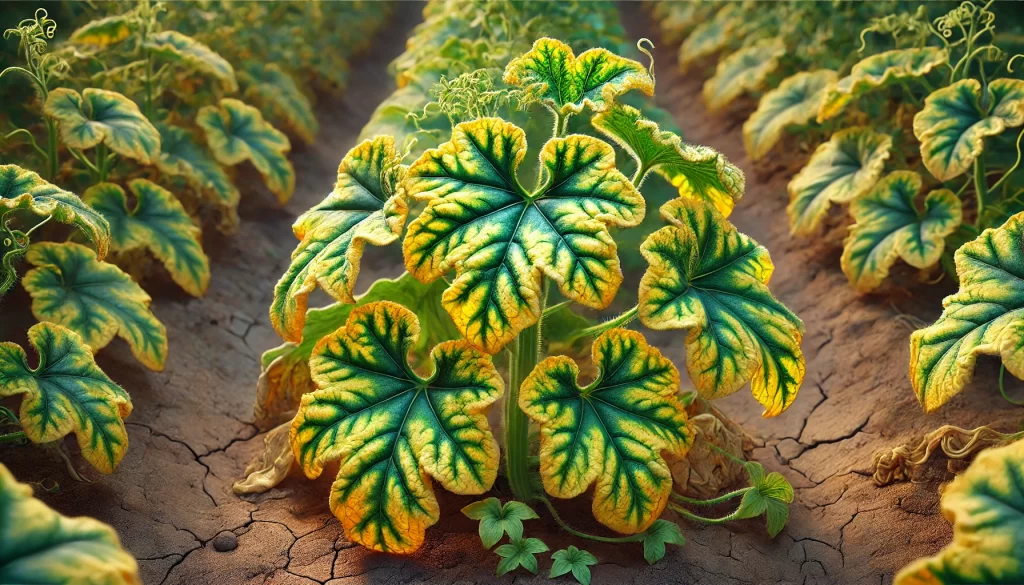
- Symptoms: Interveinal chlorosis on older leaves (yellowing between veins), with green borders.
- Cause: Poor soil magnesium or antagonism with other nutrients.
- Correction: Apply Epsom salts (magnesium sulfate) dissolved in irrigation water, especially during active growth stages.
Deficiency and Correction Table
| Nutrient | Visual Symptoms | Main Causes | Correction Strategies |
|---|---|---|---|
| Nitrogen (N) | Yellow leaves, reduced growth | Poor soil N, lack of fertilization | Apply nitrogen fertilizers, organic compost |
| Phosphorus (P) | Bluish-green leaves, weak roots | Low P availability | Incorporate phosphates, organic P-rich fertilizers |
| Potassium (K) | Burned leaf edges, poor fruits | Potassium deficit in soil | Apply potassium sulfate, potassium-rich fertilizers |
| Calcium (Ca) | Apical rot, necrotic spots | Low Ca absorption, imbalances | Apply agricultural gypsum, improve irrigation and drainage |
| Magnesium (Mg) | Interveinal chlorosis on old leaves | Low Mg availability | Apply Epsom salts, correct antagonisms |
Strategies to Prevent Nutritional Deficiencies
- Regular Soil Analysis: Conduct periodic analyses to determine nutrient levels and adjust the fertilization plan.
- Balanced Fertilization: Apply fertilizers based on the crop’s specific needs and soil analysis recommendations.
- Continuous Monitoring: Regularly observe the plants to detect early signs of deficiencies and take preventive action.
- Water Management: Proper irrigation ensures nutrient availability and absorption, avoiding problems like leaching or salt accumulation.
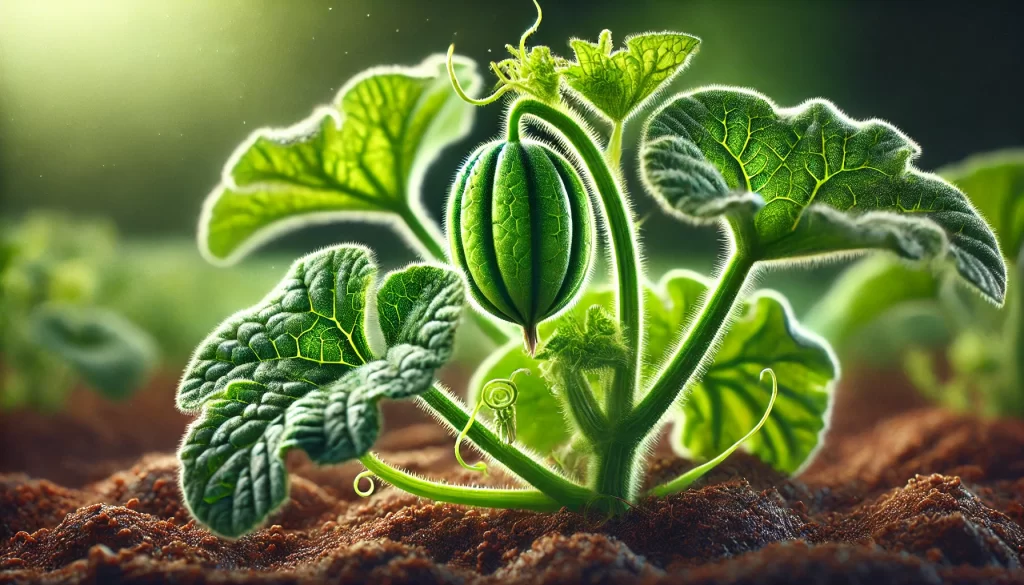
Conclusion
Recognizing symptoms of nutritional deficiencies in melon and knowing how to correct them is essential for optimizing crop health and ensuring high-quality production. A proactive approach in soil analysis, proper fertilization, and integrated resource management will allow farmers to prevent deficiencies and respond promptly when they arise, ensuring sustainable and profitable growth.
References
- Brady, N.C., & Weil, R.R. (2016). The Nature and Properties of Soils. Pearson.
- Havlin, J.L., Tisdale, S.L., Nelson, W.L., & Beaton, J.D. (2013). Soil Fertility and Fertilizers. Pearson.
- Lammerts van Bueren, E.T. (2014). “Diagnosis of Plant Nutritional Diseases in Horticulture.” Journal of Plant Nutrition, 37(3), 439-456.
 AgronoBlog – Agriculture Blog
AgronoBlog – Agriculture Blog 
